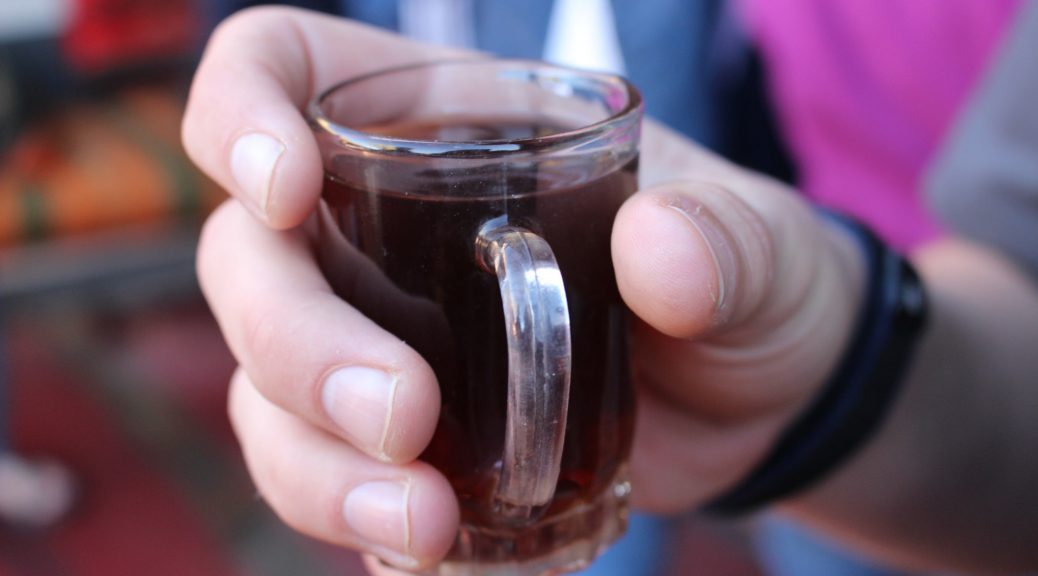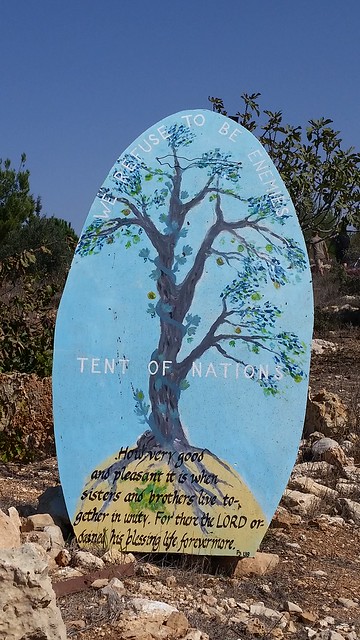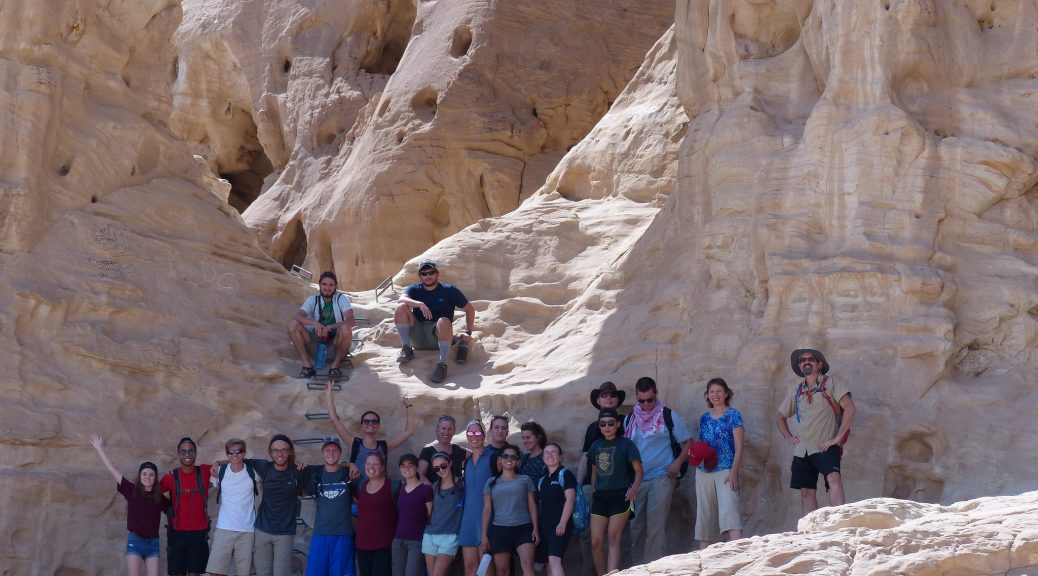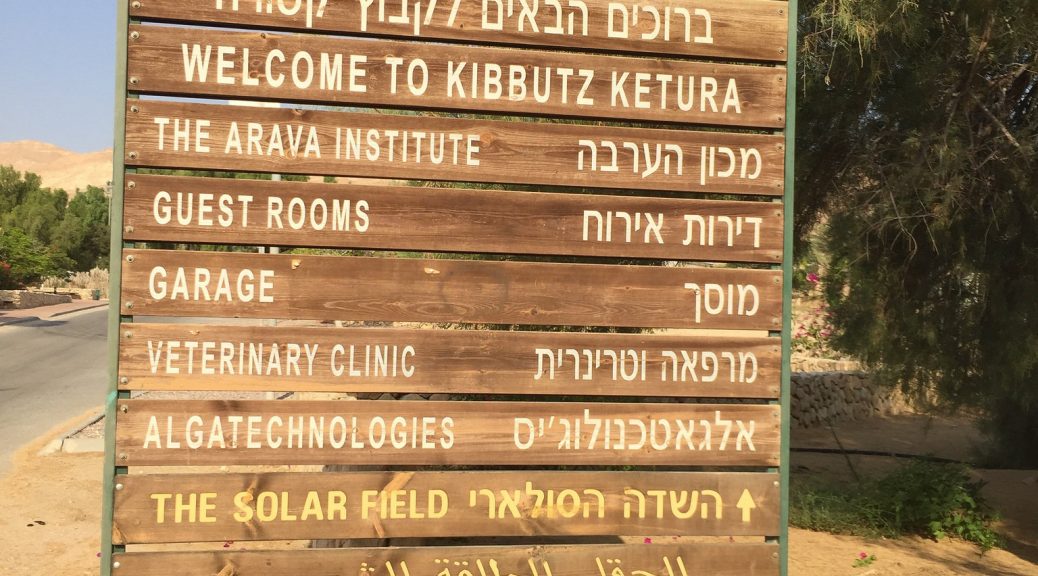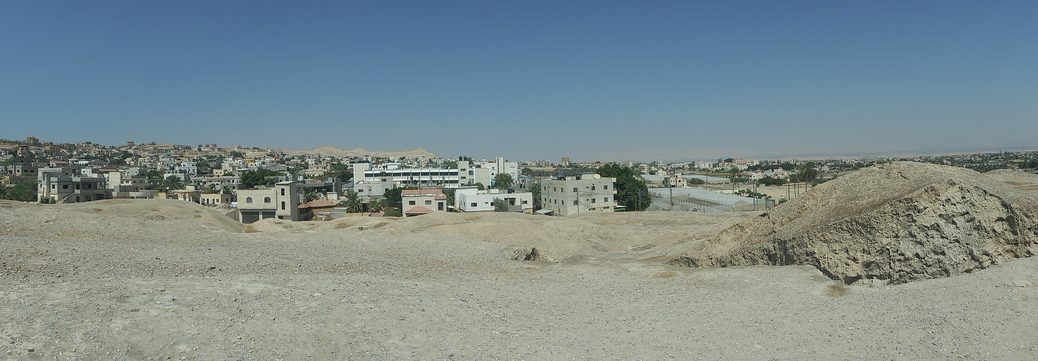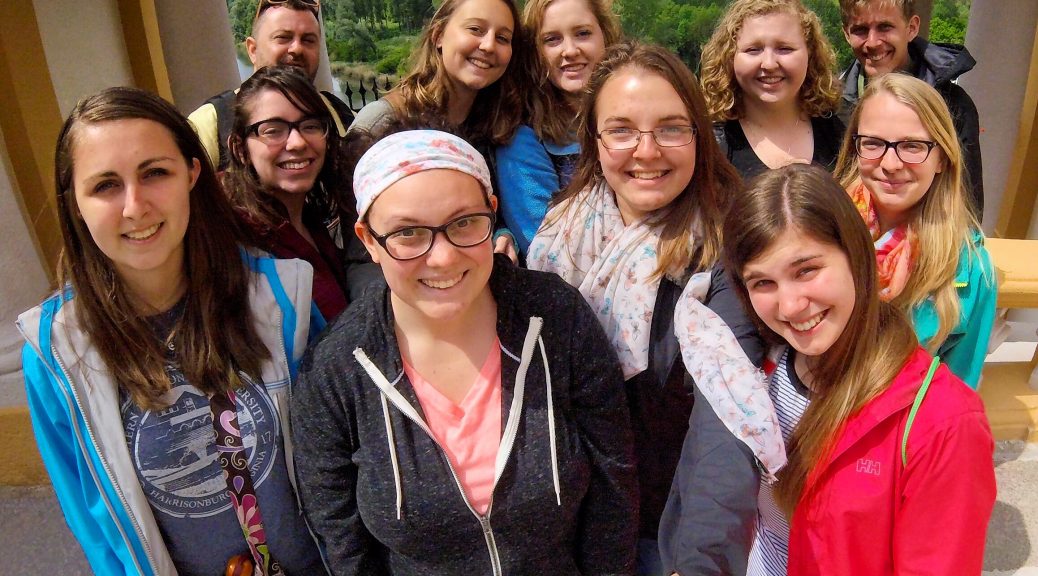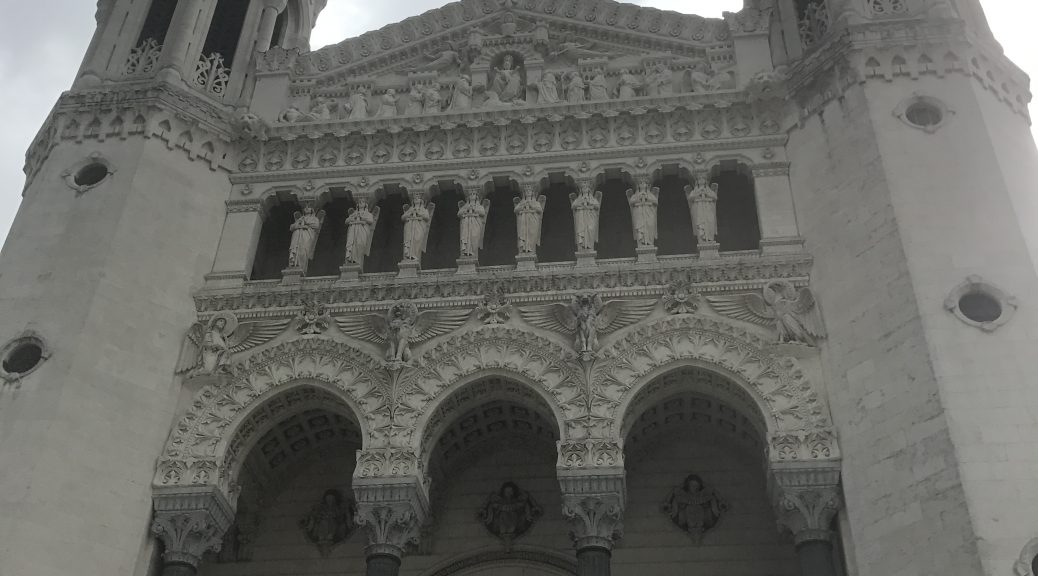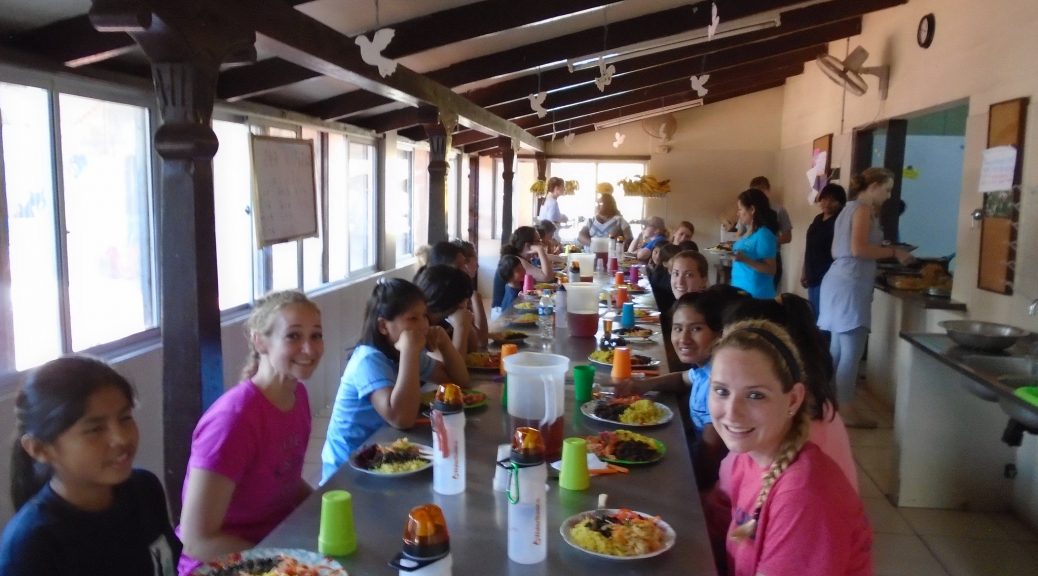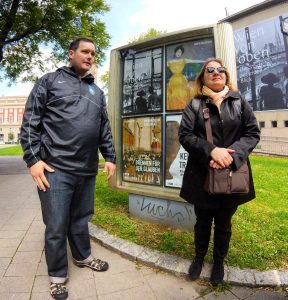- Warning, I’m behind you on a small street
- I want to … Continue Reading ››
ISRAEL-PALESTINE: Three Weeks in Bethlehem
Let’s talk about car horns
In the US, a honking horn almost always expresses anger—get out of my way, you cut me off—that sort of thing. Don’t get me wrong, that happens in Bethlehem as well, but a honk can mean so much more here:
